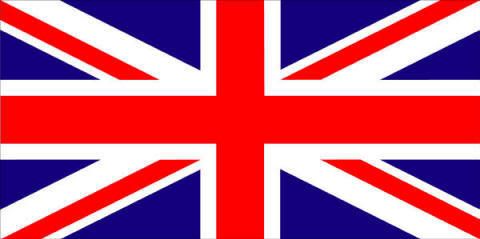|

Serviu primitivamente como igreja paroquial da antiga freguesia de Rosto de Cão, mais tarde desmembrada nas freguesias de São Roque e Livramento.
A primeira notícia que se conhece a seu respeito encontra-se numa carta datada de 30 de Julho de 1568, pela qual se verifica que foi acrescentada da côngrua do respectivo vigário. O primeiro vigário desta paróquia foi, segundo Gaspar Frutuoso, o padre Pêro Cão, que nela serviu mais de quarenta anos, acreditando-se que o topónimo Rosto de Cão, dado a este lugar, tenha qualquer ligação com o nome daquele sacerdote.
No decurso do século XVII sofreu obras de conservação e ampliação. Desse modo, a 3 de janeiro de 1619, a Mesa da Consciência e Ordens ordenou fosse posta em pregão a obra para o retábulo, e que também fossem feitos alguns novos ornamentos. Mais tarde, em 23 de Agosto de 1623, a mesma Mesa de Consciência ordenava a construção do arco da capela-mor.
Novos melhoramentos tiveram lugar no século XVIII. Desse modo, em 1734, foi adquirido um sino e obtiveram-se vários ornamentos. No ano de 1737 fizeram-se obras de pedreiro e de entalhador tanto na capela como na sacristia.

Originally served as parish church of the former parish Dog Face, later dismembered in the parishes of San Roque and Livramento.
The first news that is known about him is a letter dated July 30, 1568, in which it is found that was added to the congruous of their vicar. The first priest of this parish was, according to Gaspar Frutuoso, the Pero Dog Father, that it served more than forty years, it is believed that the place name Dog Face, given this place has any connection with the name of the priest.
During the seventeenth century it underwent maintenance and expansion works. Thus, January 3, 1619, the Board of Conscience and Orders commanded to be put on the trading session the work for the altarpiece, which were also made some new ornaments. Later, on August 23, 1623, the same Consciousness table ordered the construction of the arch of the chancel.
Further improvements took place in the eighteenth century. Thus, in 1734, it was acquired a bell and yielded various ornaments. In the year 1737 they were made works mason and carver both the chapel and the sacristy.
|